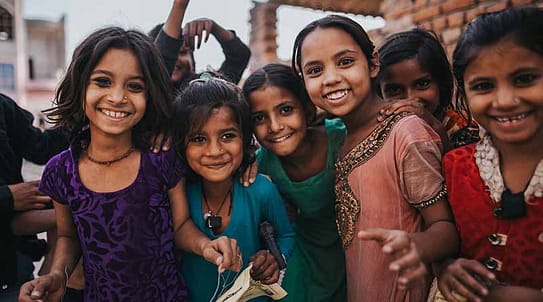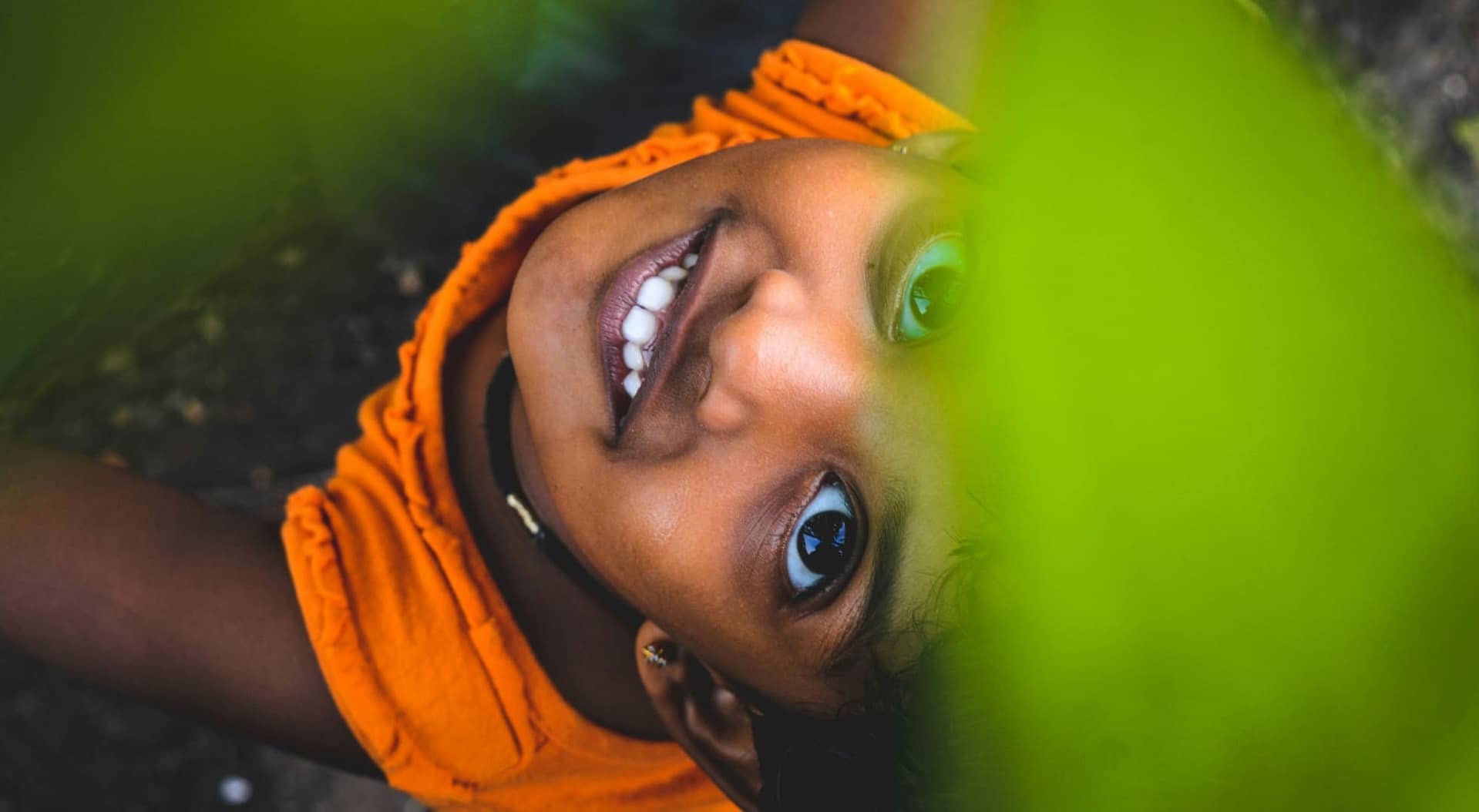National Girl Child Day is celebrated on January 24 every year to spread awareness about the inequalities faced by the girl child in Indian society. The day not only advocates equal opportunities in education, healthcare and nutrition, but also promotes awareness of girls’ rights and tackles issues such as child marriage, discrimination and violence against girls.
The government is trying to emphasize the principles of equality and dignity for every girl through the National Day of the Girl Child. Every year on this day, awareness campaigns are held across the country to spread the message of empowering girls.
The day also aligns with various campaigns and programs run by the Government of India, including Beti Bachao, Beti Padhao (Save the Girl, Educate the Girl).
History
National Girl Child Day was established in 2008 by the Ministry of Women and Child Development. Since then, the day is celebrated every year across India with a common annual theme. The move was aimed at recognizing the unique challenges girls face in a society that struggles with gender inequality, limited education, early school leaving, healthcare, child marriage and gender-based violence.

Why is it celebrated on January 24?
National Girl Child Day is celebrated every year on 24 January to mark the anniversary of the Beti Bachao, Beti Padhao (Save the Girl, Educate the Girl) program launched by Prime Minister on 22 January 2015.
The initiative jointly managed by three ministries – the Ministry of Women and Child Development, the Ministry of Health and Welfare and the Ministry of Education – also aims to address the problem of the declining sex ratio of children.
Objectives
Promotion of gender equality: The initiative aims to promote gender equality and challenge gender stereotypes that discriminate against girls.
Empowering Girls: National Girl Child Day aims to give girls the knowledge, tools and chances they need to realize their full potential.
Protecting the rights of girls: The initiative seeks to protect girls from child marriage, malnutrition and gender-based violence.




